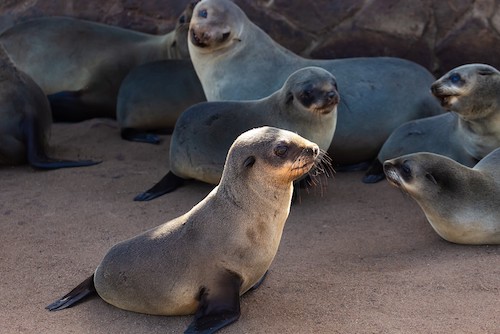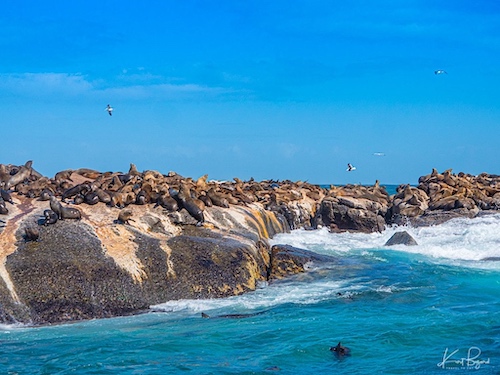
When I visited Africa three years ago, I spent some time in Cape Town and had an opportunity to visit the Cape of Good Hope. About 12 miles south of Cape Town is the little settlement of Hout Bay, famous for a colony of seals on a rocky outpost just outside the harbor. Tiny Duiker Island—also known as “Seal Island” for its large population of Cape fur seals—sits just off the South African coast at Hout Bay, near Cape Town. It measures just 253 feet by 312 feet (77 meters by 95 meters) and is a seabird sanctuary in addition to sheltering thousands of Cape Fur seals. The island is renowned for its marine wildlife, including the Cape fur seals and marine bird species such as the common cormorants and kelp gulls. They have tourist boats going out to the island frequently from Mariner’s Wharf and the whole experience takes about an hour. It is one of the more interesting sights on the way to Cape Hope.
Hout Bay

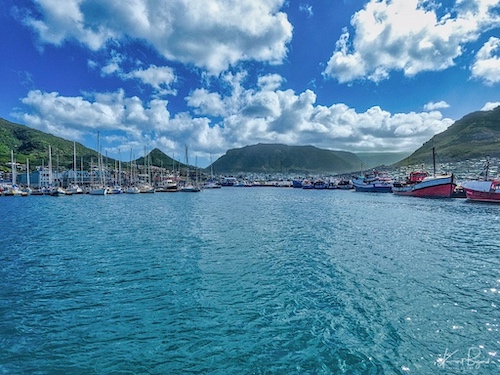
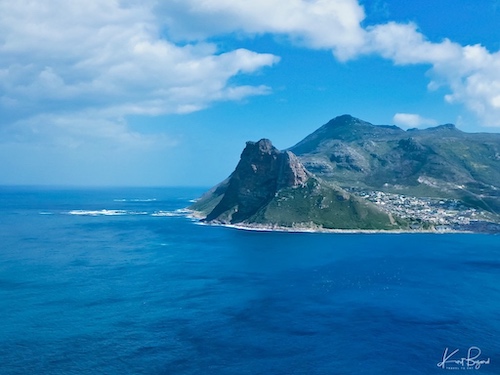
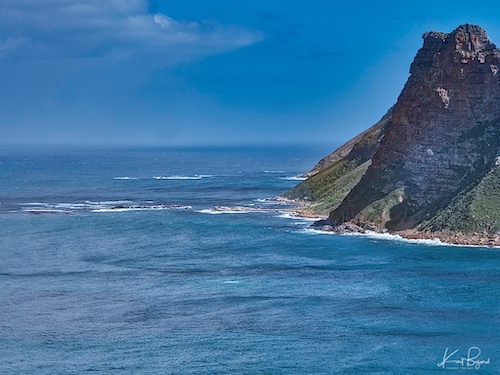
Hout Bay (Afrikaans: Houtbaai, meaning “Wood Bay”) is a seaside suburb of Cape Town in the Western Cape province of South Africa. It is situated in a valley on the Atlantic seaboard of the Cape Peninsula, twenty kilometres south of the Central Business District. The first written account of Hout Bay dates to 1607 when John Chapman, masters mate on the English boat, the “Consent” which was becalmed at the entrance to the Bay. When the Dutch established a colony in Table Bay in 1652, a great quantity of good timber was required for construction, shipbuilding and other purposes. Van Riebeeck described the forest of Hout Bay as being the finest in the world. It was Van Riebeeck who gave Hout Bay its present name. German immigrant and farmer, Jacob Trautmann, established the first fishing village here in 1867. The fishing industry expanded substantially in the 1930s when fish became a popular item on menus and improved facilities for transporting fish inland were created. Off the coast of Hout Bay, is a Big Wave known as “Dungeons”. The annual Red Bull Big Wave Africa competition was held here but has been suspended. Swells of up to 47 feet (14.3 m) have been recorded here as well as numerous deaths as a result of boating, diving and surfing-related incidents in the area.
Cape of Good Hope

A common misconception is that the Cape of Good Hope is the southern tip of Africa. This misconception was based on the misbelief that the Cape was the dividing point between the Atlantic and Indian Oceans. Contemporary geographic knowledge instead states the southernmost point of Africa is Cape Agulhas about 90 miles (150 km) to the east-southeast. The currents of the two oceans meet at the point where the warm-water Agulhas current meets the cold-water Benguela current and turns back on itself. That oceanic meeting point fluctuates between Cape Agulhas and Cape Point which is about 3/4 of a mile (0.75 mi) east of the Cape of Good Hope. The first European to reach the cape was the Portuguese explorer Bartolomeu Dias on 12 March 1488, who named it the “Cape of Storms” (Cabo das Tormentas). It was later renamed by John II of Portugal as “Cape of Good Hope” (Cabo da Boa Esperança) because of the great optimism engendered by the opening of a sea route to India and the East. It is an area renowned for it’s rough water, treacherous currents and severe storms. Our little excursion did not stray far from shore and we rode in a good size boat, but even so it was bobbing up and down and there was really no opportunity to frame photographic shots. I can imagine early sailors were rightfully respectful of the sea in this area.
Brown or Cape Fur Seals
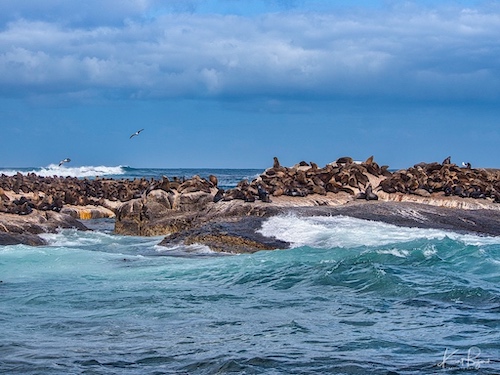
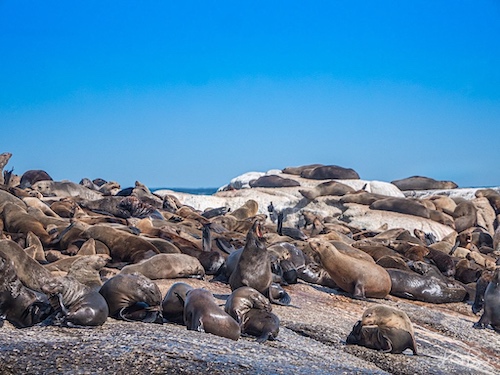
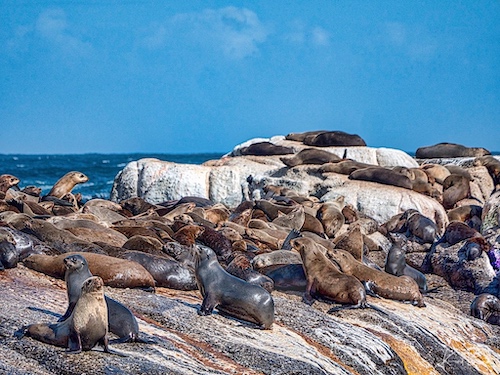



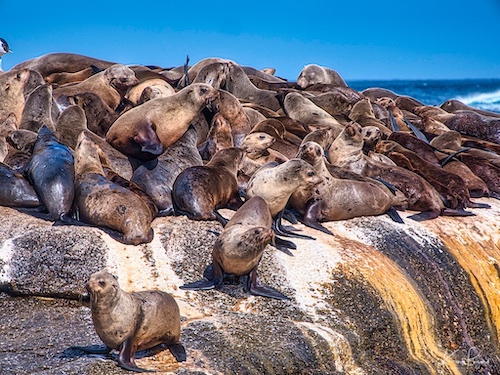
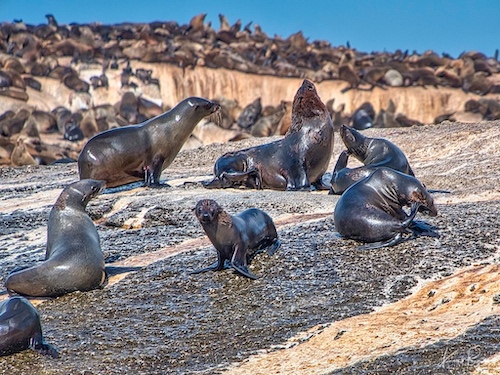

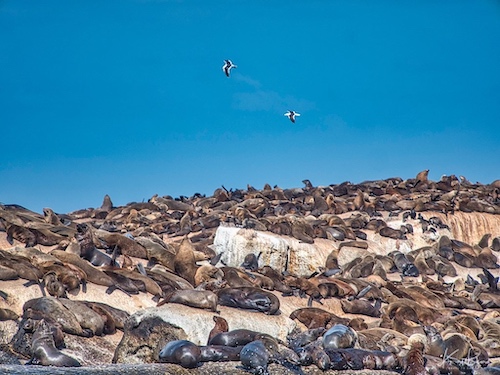
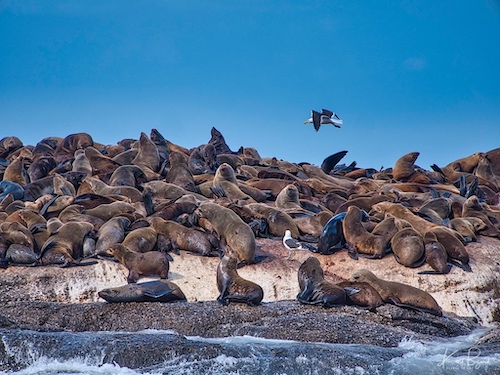
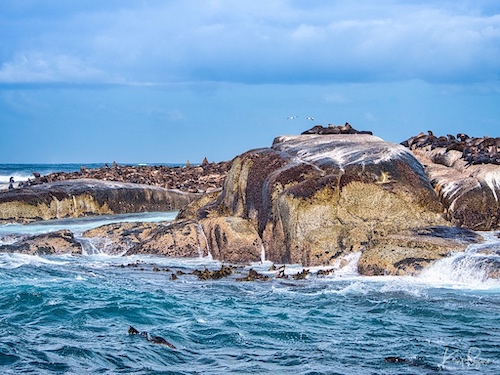
The Brown Fur Seal (Arctocephalus pusillus), also known as the Cape fur seal, South African fur seal and Australian fur seal, is the largest and most robust member of the fur seals. It has a large and broad head with a pointed snout that may be flat or turned up slightly. They have external ear flaps (pinnae) and their whiskers (vibrissae) are long, and may extend backward past the pinnae, especially in adult males. The fore flippers are covered with sparse hair over about three-quarters of their length. The hind flippers are short relative to the large body, with short, fleshy tips on the digits. The size and weight of the brown fur seal depends on the subspecies. The Southern African subspecies is on average slightly larger than the Australian subspecies. The African Fur Seal is found around the southern and south-western parts of the coast; extending from Cape Cross in Namibia, around the Cape of Good Hope to the coast near Port Elizabeth. Males of the African subspecies are 7.5 feet (2.3 m) in length on average and weigh from 440–660 lb (200–300 kg). Females are smaller, averaging 5.9 feet (1.8 m) in length and weighing an average of 260 lb (120 kg). The brown fur seal’s main predator is the great white shark, although they are also preyed upon by various other animals, as well, such as orcas. Land-based predators include black-backed jackals and brown hyenas on the Skeleton Coast in Namibia. Harvesting of seals was outlawed in South Africa in 1990. Brown fur seals are still harvested in Namibia. Permits are issued for the killing of pups for their luxurious fur and adult males for their genitalia, which are considered an aphrodisiac in some countries.
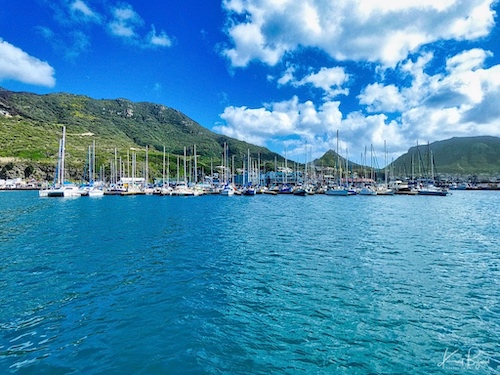
As always, I hope you enjoyed the post, please come back for more.
[mappress mapid=”250″]

